|
Writing about pain is hard, but there’s no shame in that struggle; it’s difficult to articulate even when we’re experiencing it.
‘Pain is […] the kind of subjective and poorly delineated experience that is difficult to express satisfactorily in language […] Indeed, pain shares some of the characteristics of target domains that have received considerable attention in the cognitive linguistic literature. Like LOVE, for example, it is private, subjective [...] cannot be directly observed,’ says linguist Elena Semino.
When researching this article, I was surprised by how little has been written about the art of depicting physical pain in fiction. And, yet, the act of hurting is prevalent in most genres; it deserves as much attention as emotional distress. I've come across a few examples in my sentence-level editing work this year where great writers came a little unstuck, tending towards repetition and overwriting the pain. That was my prompt to delve deeper. I thought it would be interesting to look at depictions of physical pain from within the bubble of novel craft ... and beyond, in medicine and poetry. Here are 5 tips to help you write about physical suffering. 1. Don’t always say it hurts – less is more ‘Pain is something we all go through to a lesser or greater extent. It’s something we all know intimately. Yet it’s so hard to describe and write about. It’s hard to push beyond “it hurts” and not wallow in it and also hold your reader,’ writes Justine Larbalestier. She’s spot on. It’s why some beginner writers’ pain scenes end up either repetitive, overwritten or clichéd. Trust your reader. If a character’s elbow is smashed with a hammer, do we really need to be told that it hurt, that he ‘writhed in agony’, that he was ‘wracked with pain’? Sometimes less is more. Readers are very good at filling in the gaps. Just as we imagine (without being directed to) a character rolling her eyes when she’s frustrated, raking her hands through her hair when she’s downcast, or biting her lip when she’s anxious, so we know that she feels pain when she’s kicked or punched, when she stubs her toe, when she’s stabbed, whipped or bitten. Mick Herron is a master of keeping it lean. It’s not that he avoids mentioning pain, but he weaves experience into its telling that makes the reader think, Yes, I get that. Here’s an extract from Slow Horses: Arms pulled River upright and his body screamed, but felt good at the same time – aching its way out of a cramp. A bottle was pressed to his lips, and water poured into his mouth. River coughed and bent forward; spat; threw up almost. Then blindly reached for the bottle, grabbed it, and greedily gulped down the rest of its contents. ‘Shit, man,’ Griff Yates said. ‘You really are a fucking mess.’
2. Consider the type of pain
Commonly understood descriptors can be useful when thinking about pain writing. Semino references the 1971 McGill Pain Questionnaire and summarizes author Ronald Melzack’s categorization as follows:
The first way in which you might use this table is to apply the descriptors to your writing of a character’s pain. These can help you with the shape and movement of it.
Here's a fine example cited by Susannah Mintz. It's a scene from Sharon Cameron's Beautiful Work, where the narrator, Anna, says of her pain: [It is a] beating between my breasts, and a reverberation of beating upward to my collarbone – a low steady hum, close to my body, not touching it. But agitating it. Below the beating, a thick, spikelike pressure was driving down to my belly …. The roof of my mouth was dry. I couldn’t swallow. A harsher beating arose near the surface of the skin in my left breast below the nipple. (84) The descriptors are evident, but Cameron uses them artfully to bring the pain to life; it has intention. It does things to Anna ... it's 'near' her, 'close to' her, rather than within her. In this detached state, the pain becomes a supporting character in the scene.
3. Focus on pain's consequences
Think about how you might show physical and emotional reactions rather than telling the pain. You could use the descriptors from the table above as nudges as to what those reactions might be. For example, if your character’s pain is crushing, you might express this by showing him struggling for breath; if it’s gnawing, you might have him bent and holding his belly. Back to the hammer and the elbow … what if instead of being told that the character is in agony, we learn that he doubles over, falls to his knees, vomits, or blanches? Perhaps he experiences a white-out, or loses control of his bowels. What about the sounds he makes … or those he doesn’t because he’s rendered voiceless? How does the pain move and what does it look like? Some of these reactions might be brutal, but the injury and consequent pain are themselves brutal and needn’t be shied away from. Similarly, emotional reactions can help with the writing of physical pain. How does your character feel when that hammer hits his elbow? Depressed, frightened, vulnerable, hopeless, despairing, humiliated, angry? In The Poppy Factory, William Fairchild focuses sharply on the sounds and movements his character makes, and shows the hurting through them. Then suddenly you're down and all movement stops like a jammed cine film. You're still screaming but now it's different. It's because of the pain and when you try to get up, your legs won't move. You don't know where you are. All you know is that you're alone and probably going to die. When you stop screaming and look up, the sky is dark and you can't hear the guns any more, only the sound of someone moaning softly. It takes a few moments before you realise it's yourself. In the PDF below, I've included some additional ideas for possible reactions to pain, (based on the nudges from the descriptor table above). There's space for you to add your own.
4. Acknowledge the limitations of agony
When I’m told that a character is in (physical) agony, my expectations of what she is capable of are changed. I’ve only been in agony a couple of times in my life, and I was good for nothing, rendered almost immobile. Reason left me. So did language. And so just because our protagonist is an MI5 agent with advanced armed-combat skills and interrogation-resistance techniques, there’s probably only so much she can take if she’s in agony. Some genres of writing lend themselves better than others to acute pain tolerance – fantasy and sci-fi, obviously, when world-building rules allow for it; and action/adventure with Jason Bourne-like characters who refuse to go down no matter what they’re subjected to. Somewhere there’s always a line, though – a point where Invulnerable Uberguy becomes unbelievable, laughable. If we’re told he’s in agony but he’s still throwing cool punches, turning roundhouse kicks, evaluating his escape route and planning this evening’s dinner date all at the same time, parody’s not far away. There’s nothing wrong with escapist writing that allows for agony tolerance and superhero-like brilliance as long as that’s your intention and your reader’s expectation. If you’re aiming for authenticity and grit, though, be mindful of pain thresholds, especially what’s possible when your character’s in agony. Agony, drawn realistically, can make us doubt the protagonist’s ability to make it. Why is that interesting? Says K.M. Weiland: ‘A good story should have the power to engage [readers] in a character’s suffering even when they know it’s all going to turn out right in the end. Every time an obstacle shows up between your protagonist and his goal, ask yourself: Is this just something that happens to him? Does he just brush it off and move on? Or does it hit him where it hurts? Does it make him (and readers) doubt his ability to make to the end of his journey?’
5. Look at how the poets do it
Milton. Who better? In this excerpt, we’re left in no doubt as to Satan’s physical suffering, and yet there’s no mention of his feeling it. Instead, we see it in our mind’s eye through the effort of his movements (‘uneasy steps’) and the detail in the environment (‘burning marle’, ‘torrid clime’, ‘inflamed sea’) that ‘he so endured’. His Spear, to equal which the tallest pine Hewn on Norwegian hills, to be the mast Of some great admiral, were but a wand, He walked with to support uneasy steps Over the burning marle, not like those steps On Heaven’s azure, and the torrid clime Smote on him sore besides, vaulted with fire; Nathless he so endured, till on the beach Of that inflamed sea, he stood and called His Legions, angel forms [...] Which is best? Whether you choose to leave your character's hurt to the reader's imagination, tell it through using commonly understood descriptors, or show it through reaction and environment will depend on your style, genre and intention. If you're in the middle of a fast-paced action scene, Cameron's approach in Beautiful Work might be a distraction for your reader. If you're writing a more introspective scene, Herron's lean approach in Slow Horses could leave the reader wanting. There's no best way of writing about physical suffering. The most important thing is that it shouldn't be boring. Unless your reader has congenital analgesia, they will have experienced pain and know it is anything but tedious. Further reading
Here's your Pain: Type, Shape and Reaction Nudges PDF. Click on the image to download your free copy.
Fancy a watch a video instead? Here is it.
Louise Harnby is a line editor, copyeditor and proofreader who specializes in working with crime, mystery, suspense and thriller writers.
She is an Advanced Professional Member of the Chartered Institute of Editing and Proofreading (CIEP), a member of ACES, a Partner Member of The Alliance of Independent Authors (ALLi), and co-hosts The Editing Podcast. Visit her business website at Louise Harnby | Fiction Editor & Proofreader, say hello on Twitter at @LouiseHarnby, connect via Facebook and LinkedIn, and check out her books and courses.
9 Comments
4/7/2020 01:40:07 am
Love this post, Louise, and I needed it NOW! LOL! Thanks!
Reply
Louise Harnby
4/7/2020 02:22:15 pm
Glad to be of service, Felicia!
Reply
1/10/2020 06:40:47 am
Thanks for this, Louise. This is great. Very helpful. I will be posting the link on my blog.
Reply
Louise Harnby
1/10/2020 08:59:15 am
Thank you so much, Rosi!
Reply
1/10/2020 01:27:47 pm
Thanks for sharing this it's really helpful for me.
Reply
16/11/2020 05:11:14 pm
love your article. Very well written and high quality info. Thank you for putting the time in writing this. This type of info is always valuable to my community and thus, i will happily share it with my 200K tiktok followers.
Reply
Ray
1/12/2020 06:08:10 am
This was so helpful!! Tysm!!😊
Reply
25/1/2021 01:31:19 pm
I hate writing pain just as I hate inflicting it on my characters; they are my children.... but the story demands.
Reply
Louise Harnby
30/1/2021 12:55:52 am
It must be one of the hardest things to do!
Reply
Leave a Reply. |
BLOG ALERTSIf you'd like me to email you when a new blog post is available, sign up for blog alerts!
TESTIMONIALSDare Rogers'Louise uses her expertise to hone a story until it's razor sharp, while still allowing the author’s voice to remain dominant.'Jeff Carson'I wholeheartedly recommend her services ... Just don’t hire her when I need her.'J B Turner'Sincere thanks for a beautiful and elegant piece of work. First class.'Ayshe Gemedzhy'What makes her stand out and shine is her ability to immerse herself in your story.'Salt Publishing'A million thanks – your mark-up is perfect, as always.'CATEGORIES
All
ARCHIVES
July 2024
|
|
|
|


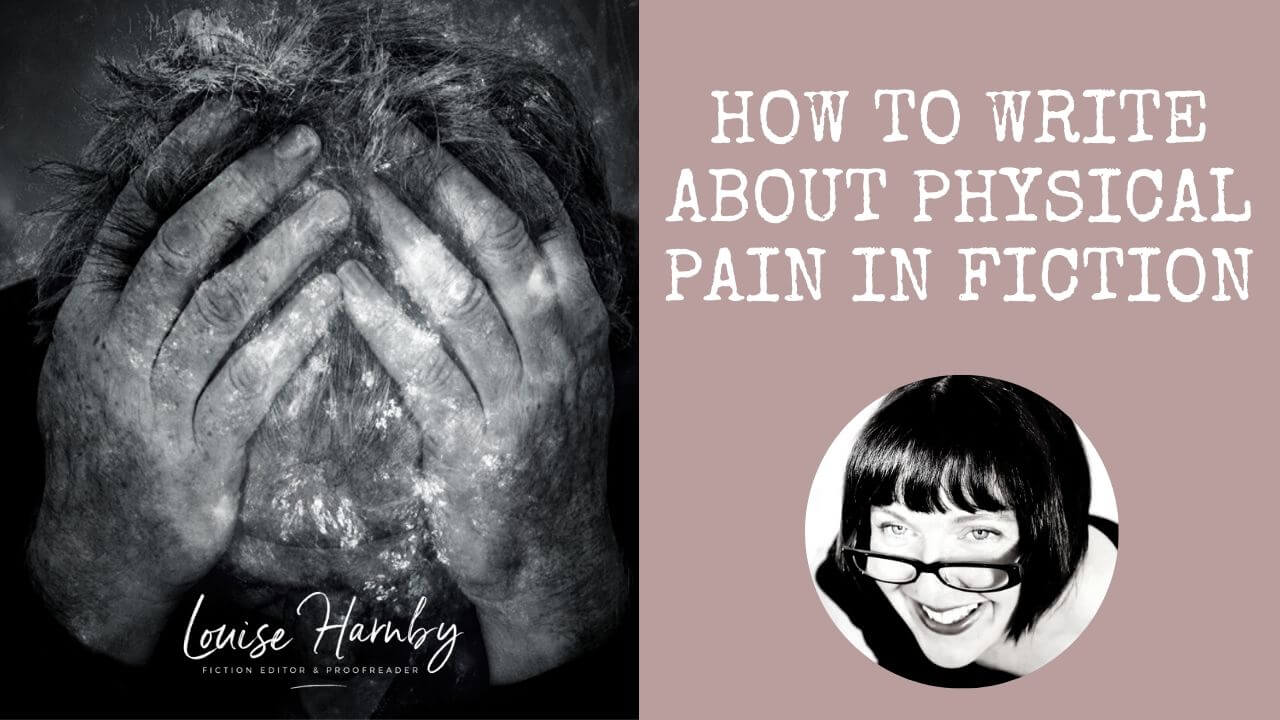
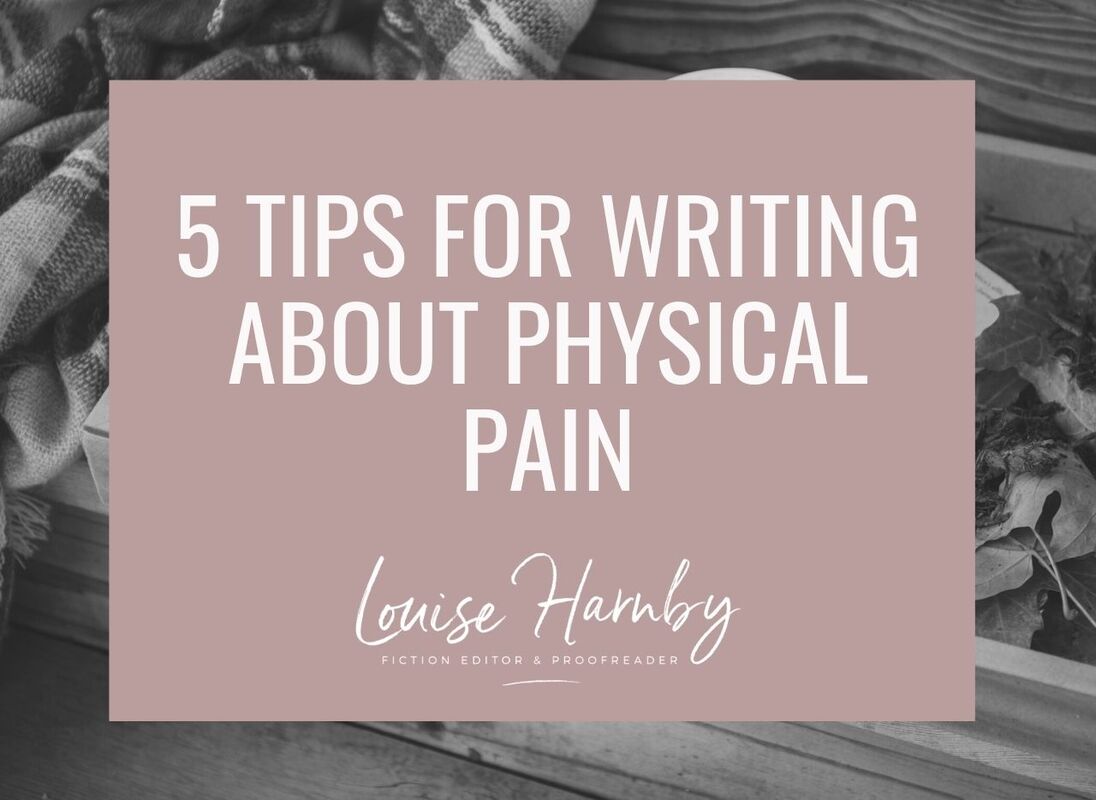

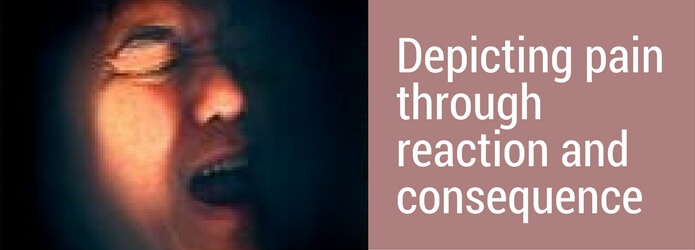


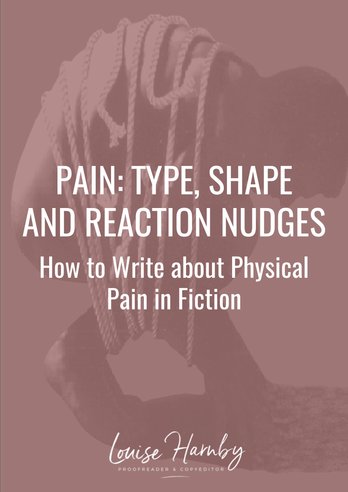
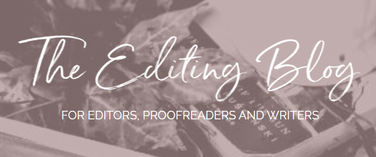

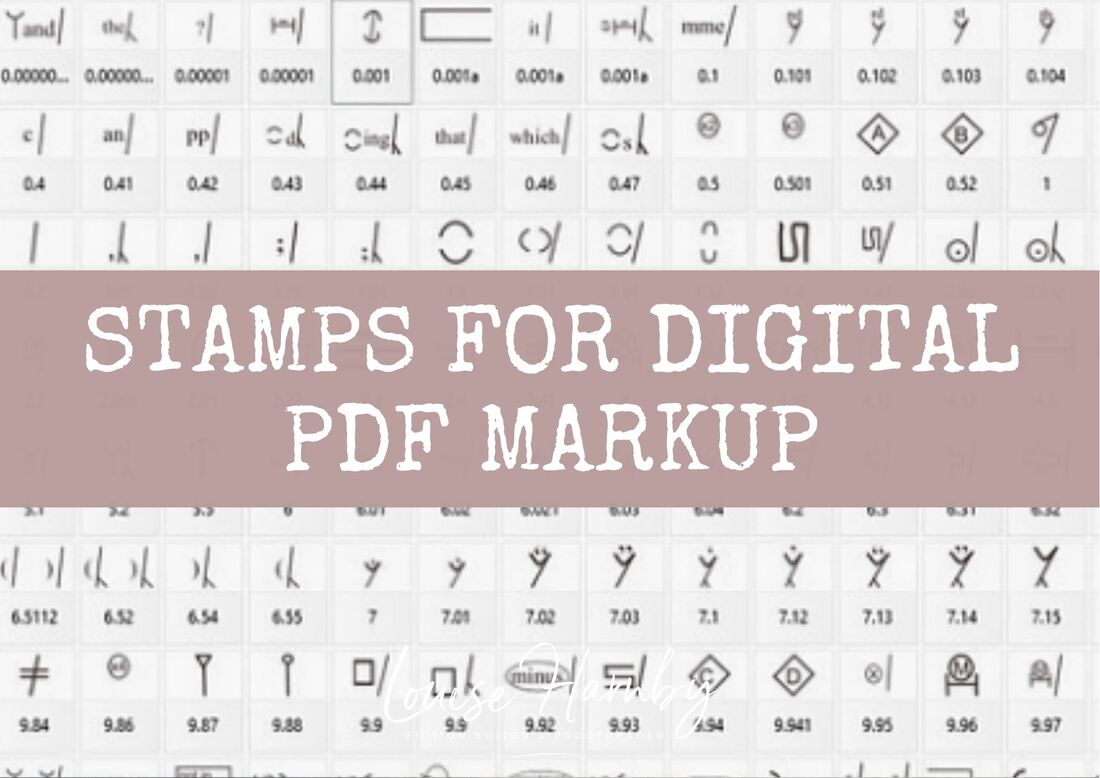
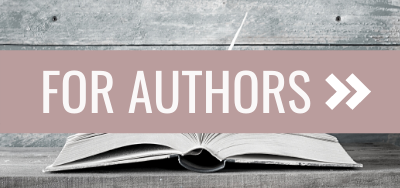
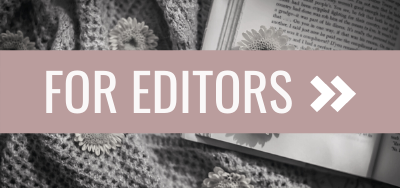
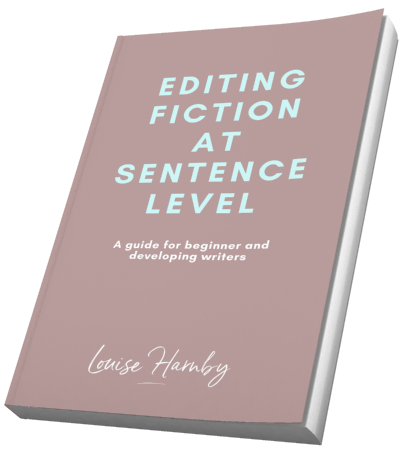
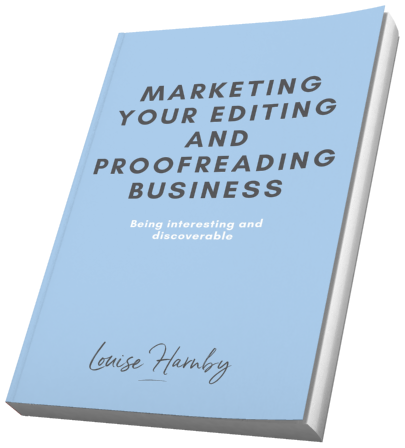
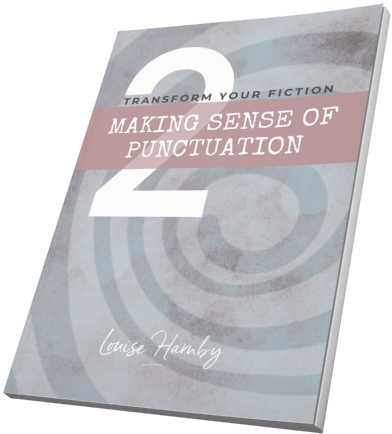
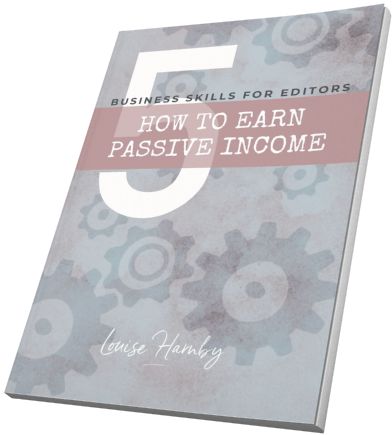
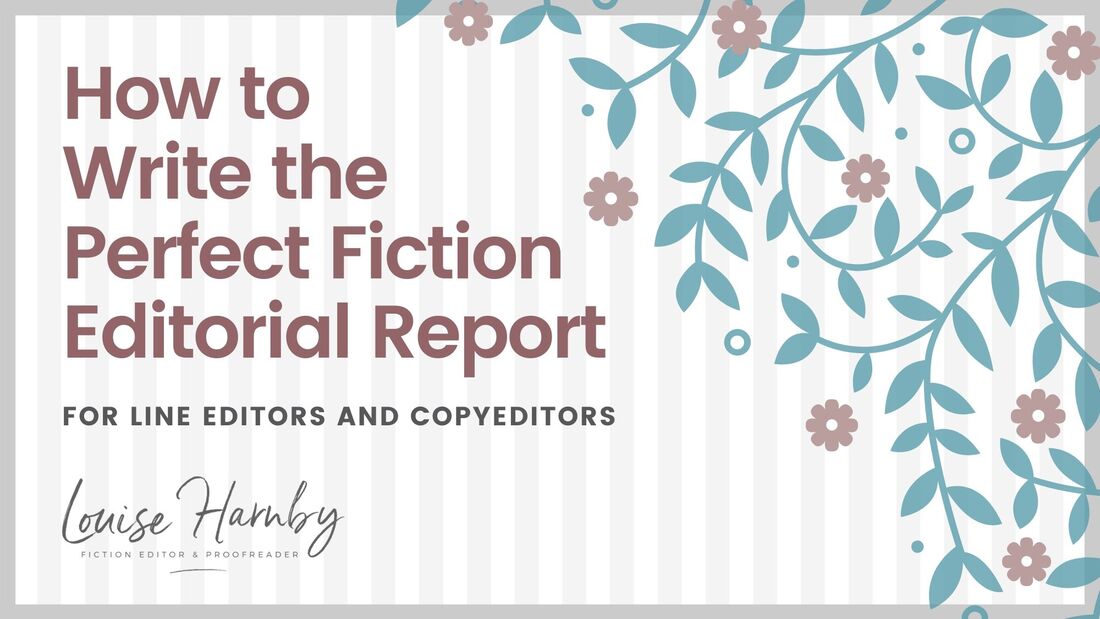
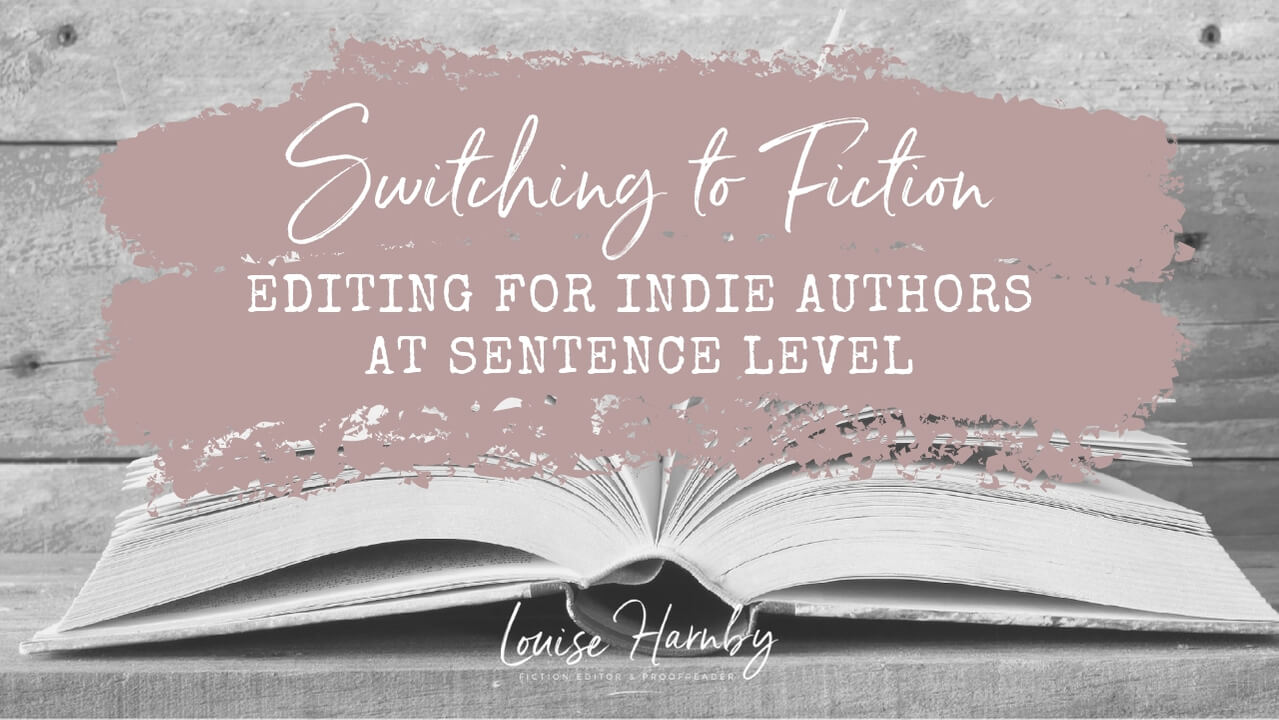
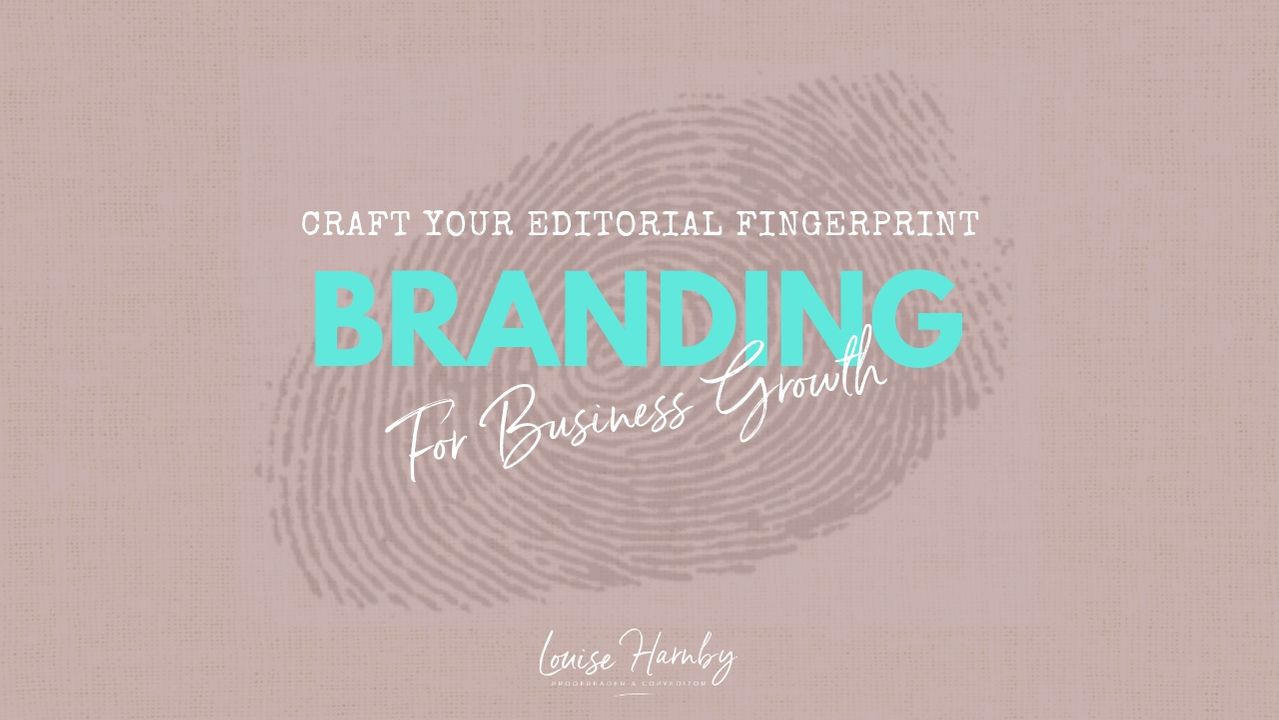
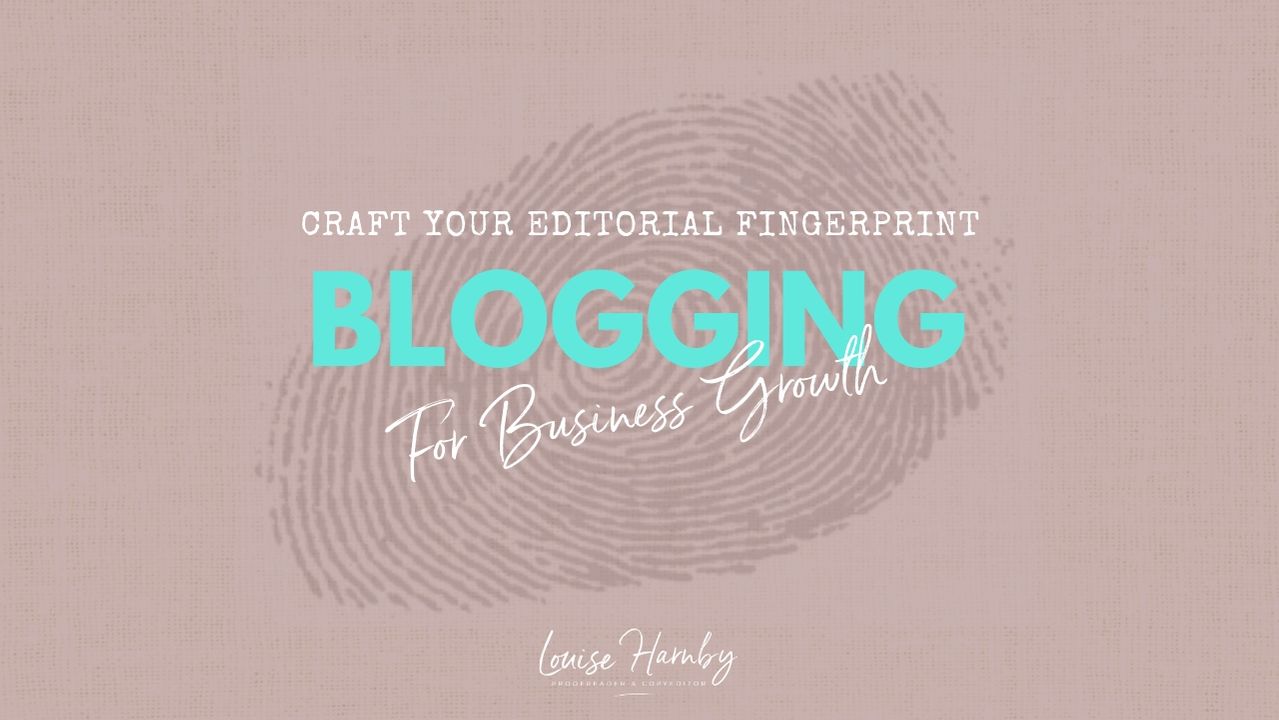
 RSS Feed
RSS Feed





